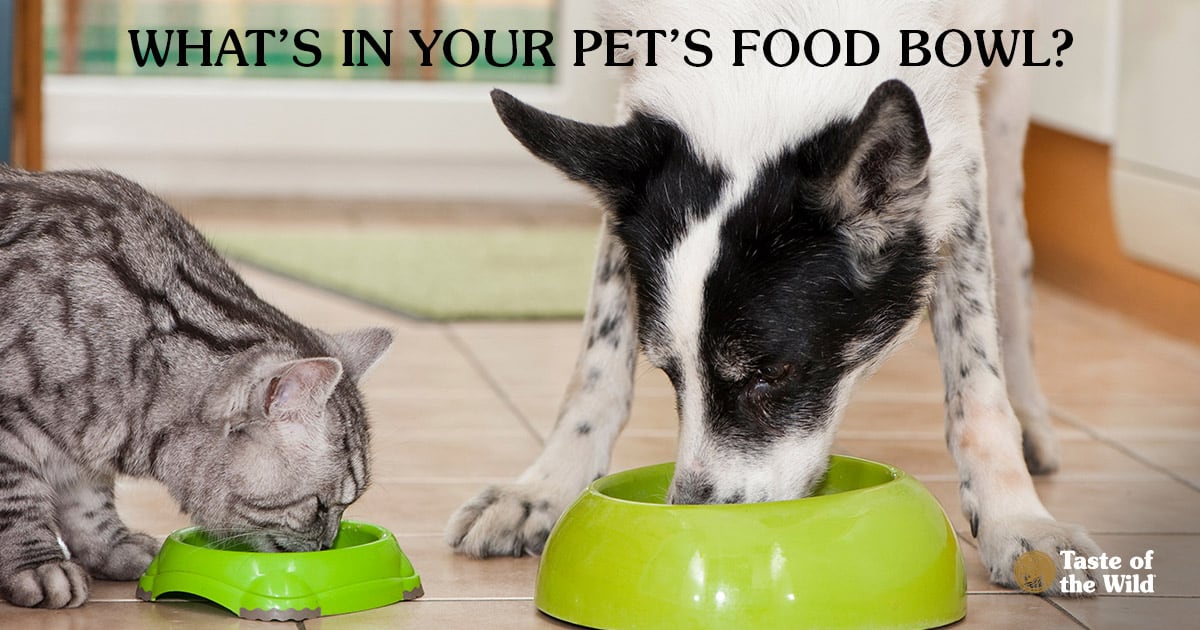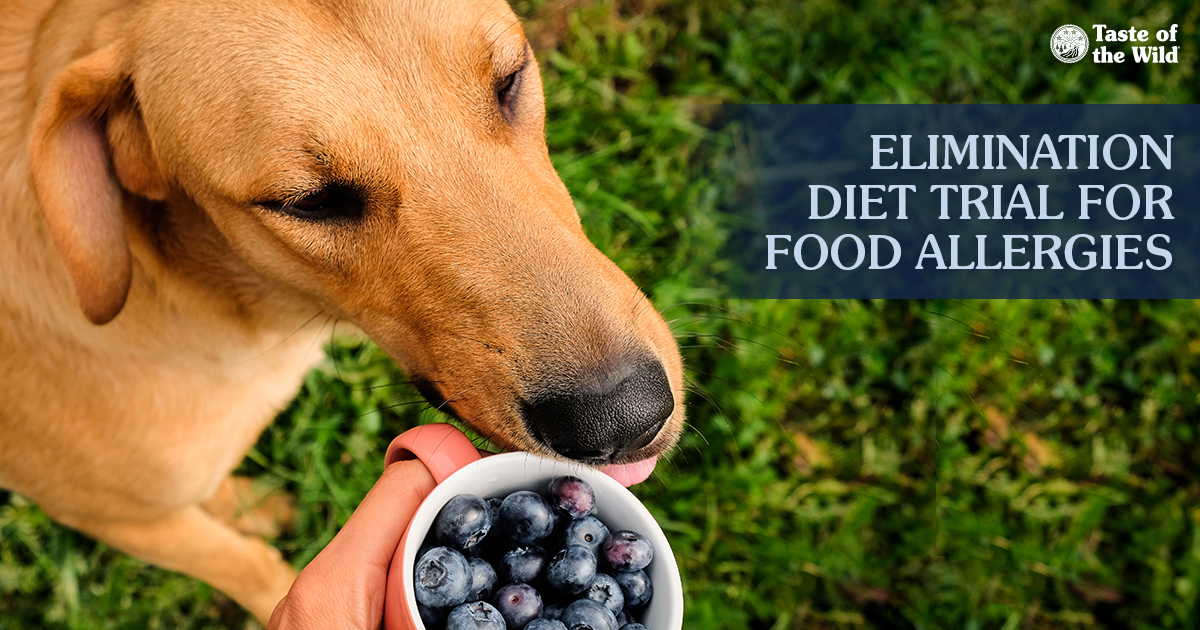How Much Do You Really Know About Pet Food Protein?
Thursday, August 15, 2019 | Nutrition

“Real (beef, chicken, lamb or salmon) as the #1 ingredient.”
“High-quality protein for lean muscles.”
“Nutrient-dense, whole-animal ratios of fresh meat.”
You know your pets need protein in their diet — we talked about that here — but the meat- and protein-related claims made by different dog foods can be confusing. And, in reality, few ingredients used in pet food provide only one type of nutrient. Because pet food protein content is of interest to many pet parents, we’ll review what you need to know about this important nutrient and its various sources in pet food.
Why dietary protein is important
Dietary protein is necessary for many reasons. The primary function of protein is to provide essential and nonessential amino acids for muscle development and repair, enzymes, key hormones (like insulin) and antibodies. They’re the primary structural parts of muscles, cartilage, tendons, ligaments, skin and hair. Proteins from food also are the body’s primary source of nitrogen, which is critical for making nonessential amino acids, nucleic acids of DNA and RNA, and certain neurotransmitters. Finally, amino acids from protein can be converted into glucose and other energy forms for the body to use to maintain itself and during growth, gestation and lactation.
Proteins in dog food also provide a source of flavor. When proteins are cooked along with fats and carbohydrates, different flavors can be created. Nutritionists agree that as the protein content of food increases, the food generally becomes more palatable and acceptable to dogs.
Dietary protein is really all about amino acids
Many animal and veterinary nutritionists will tell you that dogs don’t really have a protein requirement. But they do require amino acids in the proper levels and ratios. Food proteins are digested, starting in the stomach and continuing in the small intestine, and absorbed as individual amino acids and small chains of two or three amino acids (aka dipeptides and tripeptides). Once absorbed, amino acids are reassembled into “new” proteins by the liver and other tissues.
Here’s something to keep in mind: Once a food or ingredient is digested and its nutrients are absorbed through the lining of the small intestine, the original source of the nutrients no longer matters. In the case of amino acids, your dog’s or cat’s body doesn’t care where the amino acids come from for its use — whether they’re made by the body or supplied in the diet as single amino acids or as intact proteins.
Where proteins in dog food come from
Pet food manufacturers can use many different ingredients to supply protein and amino acids found in dog foods. Essentially, protein ingredients can be grouped into one of three categories:
- Animal-based ingredients
- Plant-based ingredients
- Amino acid supplements
Several protein sources are often combined in pet foods to improve the overall quality and amino acid profile of the finished diet. This practice is known as protein complementation, and it’s used because different protein ingredients contain different amounts of essential and nonessential amino acids. And few, if any, single protein ingredients can provide all of the essential amino acids that dogs require at the proper levels and ratios without imbalances. By combining protein ingredients based on their relative amino acid excesses and deficiencies, the weaknesses of each source are counterbalanced by the strengths of other sources. That’s why it’s common to see dog foods with an animal protein, a plant protein and one or more amino acid supplements.
Typical pet food ingredients with high-protein concentrations are meat, meat meals and meat byproducts obtained from chickens, turkeys, beef and dairy cattle, pigs, sheep, fish, and eggs. Some of the ingredients used in pet foods, such as lamb meal and salmon meal, are made from parts of livestock and fish that most people in the United States don’t eat. However, those parts are excellent protein sources when used in pet food.
Animal-based ingredients aren’t the only good sources of protein for pet foods. Plant-based ingredients — such as ancient grains (like quinoa and chia seed) and legumes (like peas, lentils, soybeans and various common beans) — are being recognized for their protein and amino acid content. When added to pet foods, these ingredients not only bring variety but typically have more protein than cereal grains (like rice, corn and wheat) and contribute phytonutrients which are considered beneficial to overall health.
Finally, amino acid fortification is commonly used to improve the protein quality and amino acid profile of pet foods. The three essential amino acids in dietary proteins that are most often in short supply are methionine, lysine and tryptophan. In other words, when there isn’t enough of an essential amino acid in the diet, the body’s ability to make proteins is limited to the rate at which the essential amino acid is available. The other amino acid commonly fortified in pet food, especially cat foods, is taurine. Although most dogs can make sufficient amounts of taurine to meet their body’s requirements, some pet food manufacturers, including Taste of the Wild, choose to fortify their recipes with taurine.
If you have questions about your dog’s food, including the protein sources used in it, talk with your veterinarian. Your veterinarian can assess your dog’s nutritional needs based on age, body condition, activity level and medical issues (if present). He or she can also recommend an appropriate food, including how much you should be feeding for proper health.
RELATED POST: A Pet Nutrition Primer: 7 Things You Should Know
The information in this blog has been developed with our veterinarian and is designed to help educate pet parents. If you have questions or concerns about your pet’s health or nutrition, please talk with your veterinarian.




